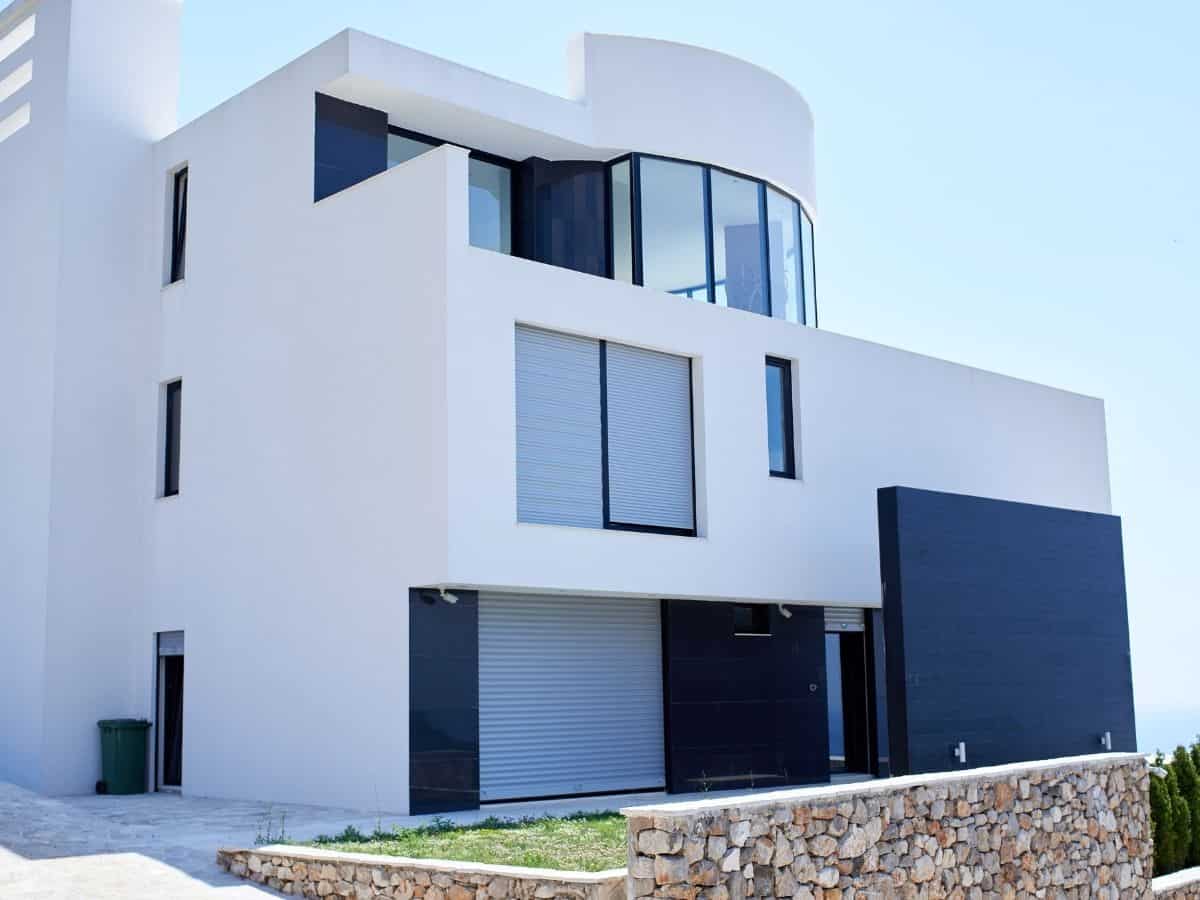All You Need To Know About Acrylic Rendering
Acrylic rendering refers to any render mixture that comprises acrylic as one of its ingredients. Acrylic is a form of plastic. It enhances the flexibility and strength of a render mixture. Thus, the render becomes less prone to cracking upon drying.
Acrylic render also comes with the benefit of being easy to work. For instance, it’s possible to spray, trowel, or roll it onto a wall surface during application. A good acrylic rendering job requires the application of two coats of the render material.
If you want your exterior walls to have a durable and attractive finish, acrylic render may be the best render material. Here’s everything you should know about acrylic render.

Advantages of Applying Acrylic Render
One of the main advantages of applying acrylic render on external walls is that its flexibility properties make it less prone to cracking over time. Thus, the natural contraction and expansion of the walls won’t cause hairline cracks on the render.
Another key advantage of acrylic render is its incredible attractiveness. It’s possible to apply it using several techniques, making it possible to achieve different finishes as needed. For instance, you can choose a smooth finish or a textured finish depending on your preferences.
Also, acrylic render boasts of being applicable on several types of surfaces such as timber, fiber cement, concrete, and painted wall among others. Traditional cement render cannot adhere to these surfaces and is only ideal for application on brick walls. Thus, acrylic render is applicable on more types of surfaces than cement render.
Another advantage is its fast drying nature. It only requires less than a week to dry, unlike traditional cement render that requires four weeks to dry before painting.
Additionally, acrylic render allows the base material to breathe, thereby keeping your home dry and healthy. Besides, it’s water-resistant, making it less prone to the infestation of fungi and bacteria.
Is possible to apply acrylic render on wood?
The incredibly versatile nature of acrylic render makes many property owners wonder whether they can apply it on surfaces such as weatherboard and wood.
Unfortunately, it’s not recommended to apply acrylic render on wood. While there’re workarounds that make it possible to do so, it’s not advisable to apply it on weatherboard, plywood, wood, or other similar materials.
Experts advise that it’s safe to use acrylic render on surfaces such as fiber cement sheets and blueboard. It’s also suitable for use on properly prepared surfaces such as block cement, plasterboard, concrete, and brick.
Acrylic Render Colours
Standard acrylic colours are either off-white or grey. Most people prefer leaving the render in its original colour. However, these light colours make it effortless to paint them.
Is it necessary to paint acrylic render?
You can choose to leave acrylic render in its off-white or grey colour. However, you can paint the render in a colour of your choice.
What’s the cost of acrylic render?
You can buy premixed render from your local hardware store. A 20-kilogram bag of acrylic render costs about $15 to $20. Learn more about the costs of rendering a house here.
If you want to learn more about acrylic render or to get a detailed quote about your acrylic rendering project, contact Sydney Rendering Pros at 1300 869 590.
Also Read
